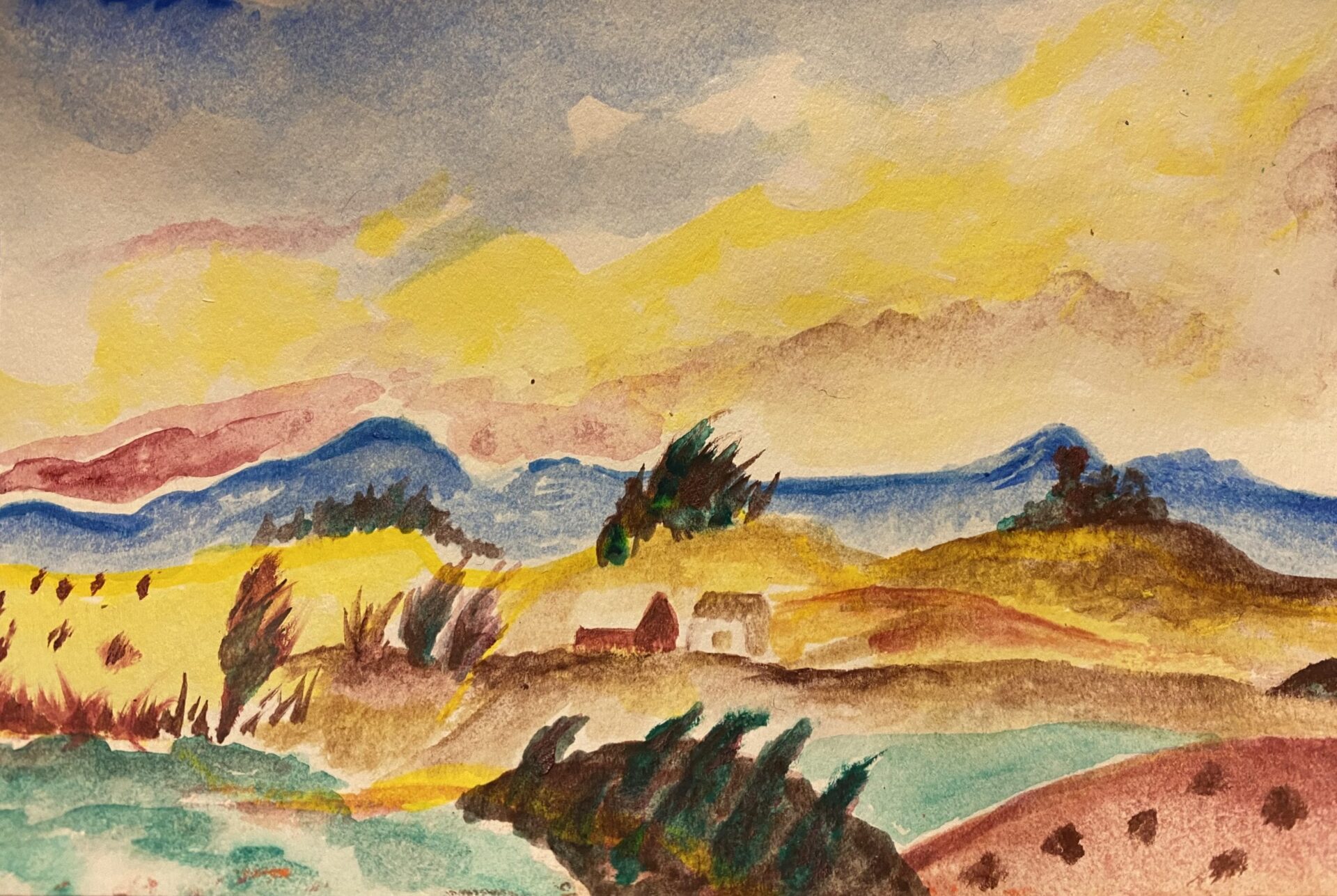By Christine Snyder
This month, Fine Art Miracles will be featuring Ukranian artists, and–in honor of Mothers’ Day–our first featured artist is mother and Ukranian folk art painter, Maria Prymachenko. You may have already heard about her in recent news as targeted attacks from the Russian invasion have destroyed or threatened entire collections of her work. This is not the first time Maria’s art has survived such atrocities, and it won’t be the last. Here at FAM, we are hoping to bring awareness to Maria and other Ukranian artists and their work in an effort to help preserve their beautiful culture.
When I first saw the images of Maria’s art, I was infatuated with the stylized, fantastical compositions, the vibrant folksy style, and the whimsical feel. Seeing it brought out my inner child, reminded me of reading Maurice Sendack’s Where the Wild Things Are for the first time, and took me back to the days of poring over musty copies of vintage Dr. Seuss books in dark, dusty corners of my grandparents’ house. However, upon closer inspection, a darker vision appeared. Her work often illustrated the horrors of living under Stalin’s dictatorship.
Maria was born to a poor family, and contracting polio as a child left her confined to bed for much of her early life. Her mother, who was also an artist, kept her busy by teaching her embroidery and the art of decorating Easter eggs, both skills that are deeply rooted in Ukrainian culture. She was able to regain the ability to walk after undergoing surgery. She met her partner and gave birth to their son. Shortly after their son was born, Maria’s partner lost his life serving in WWII. This tragedy led to Maria giving up painting for many years, but decades later, she resumed. Although many of her pieces conjured scenes of war and famine, her later works carried a message of peace. Even before the Russian invasion, Maria’s work was world famous and served as inspiration for artists such as Chagall and Picasso. She is self-taught, and although she created thousands of pieces throughout her life, she didn’t sell them. Instead, she gave them as gifts. Maria’s work is now quickly becoming a global symbol of peace. Even though her story is dark, I’m hoping that her art can continue to be a symbol for hope and peace and that the beauty is not overshadowed but appreciated even more for what it has to overcome.






